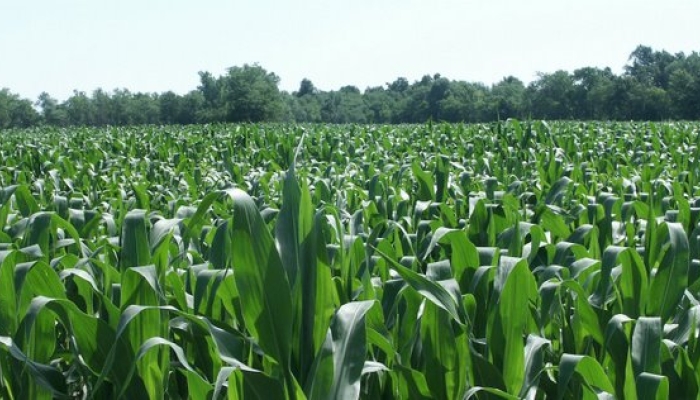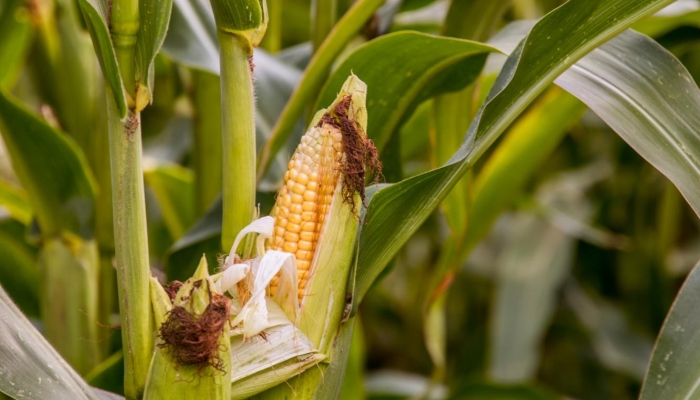Benchmarking N Efficiency in Nebraska Corn Production
Nebraska corn growers know that applying the right amount of fertilizer at the right time is essential to a successful growing season. Too little applied can be costly at harvest if there is a yield reduction, but too much applied can also be an expensive error as it means paying for nitrogen (N) fertilizer that never gets taken up by the plants. In addition to the economic considerations, overuse of N fertilizer can cause environmental problems including drinking water contamination. It can be tricky to predict the needs of the growing season, identify the right amount and timing for N application, and to measure effectiveness at the end of the season to determine future action.
Recently published research from University of Nebraska Lincoln in collaboration with four Nebraska Natural Resources Districts, addresses this challenging situation. The research explores the relationship between crop yields and nitrogen input at the on-farm level in Nebraska over a seven-year period to establish a benchmark for how the region is doing with nitrogen balance in the soil. The study indicated that there is substantial room to improve yield and/or reduce N balance through agronomic management (including crop rotation instead of continuous corn). Achieving high yields with relatively small positive N balance are not conflicting goals as evidenced by the about 25 percent of producers involved in the study who are reaching these goals simultaneously.
At a field level view, a producer might not be able to look at this research and know with certainty that they needed to make a change in the amount or timing of their fertilizer application. However, they could see that in general, most producers in this area are leaving money on the table each growing season, using more nitrogen than is needed for a high yield. This research benchmarking provides a place to start as producers evaluate their practices. Benchmarking crop yields against nitrogen input levels can help provide opportunities to improve N fertilizer efficiency and reduce N losses on corn growth in Nebraska by identifying fields most likely to benefit from improved N management practices.
The data used for the study was contributed by the Little Blue, Upper Big Blue, Lower Platte North, and Tri-Basin Natural Resources Districts. No producer identification was included in the data, only raw numbers that tracked nitrogen applied, yield, and residual nitrogen. “By sharing anonymous producer information with researchers specializing in agronomic data analysis, our Board of Directors is better able to make informed policy decisions,” said Marie Krausnick, water department manager at the Upper Big Blue NRD.
Producers in the cooperating NRDs may eventually have access to a personalized dashboard that will allow them to check their fields' input efficiencies and benchmark against other fields in their area. In the future this type of tool could enable them to make data driven decisions that will save them money.
The research was primarily the work of Fatima A.M. Tenorio, a doctoral candidate in the Department of Agronomy and Horticulture at UNL. Tenorio presented this research at the Upper Big Blue NRD’s annual Project GROW Winter Workshop event in December 2019. You can view her presentation or read the full article.


